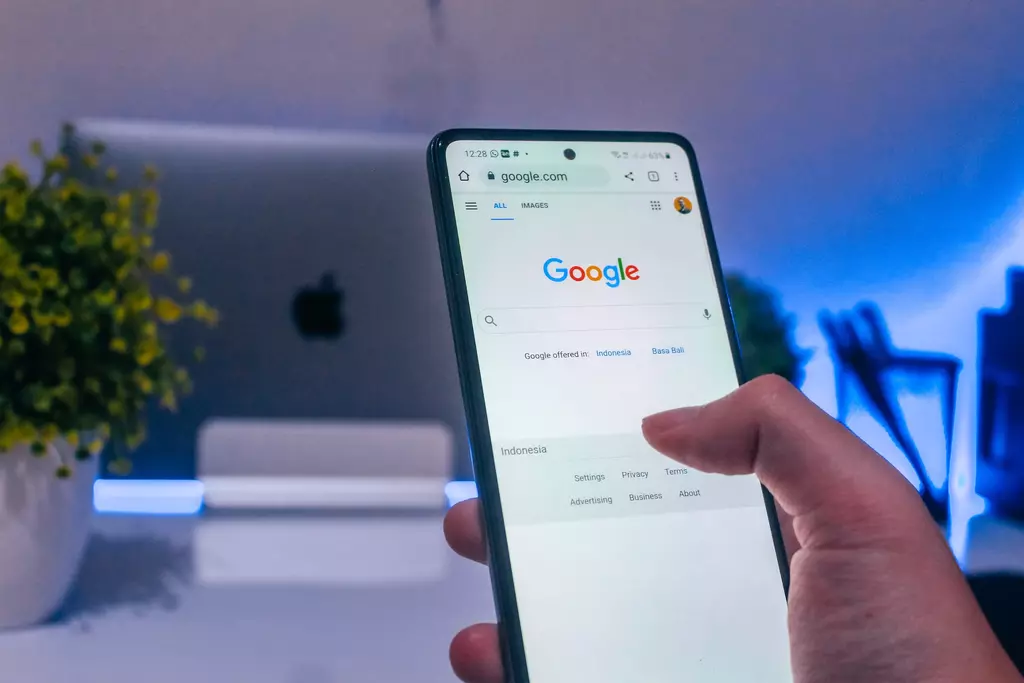By “local SEO,” we mean enhancing a site’s visibility in a specific region. A city, area, or even a particular street number can serve as the location.
Local search engine optimization improves a company’s ranking in the relevant local search results. This is especially crucial for brick-and-mortar shops, eateries, and service providers who rely on local customers.
Websites’ local search rankings can be affected by various variables, such as a physical address, a local phone number, the usage of local keywords in website content, and positive user reviews and ratings.
You can achieve better local search engine results and more visibility to potential clients in the area can by focusing on these and other factors.
How to optimize your website for local search?
Let’s start with the basics of what local search entails before diving into the specifics of the local SEO term.
Users search locally to locate local businesses, goods, services, and other information. Local SEO is more geo-targeted than standard Google queries, which typically return results from anywhere in the world.
It is the practice of enhancing a website’s discoverability to raise its ranking in Google’s local search results.
Local SEO is fundamental because it helps you:
- Increase your business’s exposure on the web.
- Make more people visit your store
- Increase your chances of a successful conversion by drawing in a higher proportion of qualified visitors
- Increase your legitimacy and earn people’s confidence
10 Ways to Optimize Your Website for Local Search

If you want your website to perform well locally, you need to pay attention to the following details:
1. Optimize your homepage
Who you are, where you’re located, and what you do should all be prominently shown on your site. Facilitate Google’s comprehension of these aspects of your company.
Make the page’s title, header, and meta descriptions obvious.
Changing the title tag for your website is a breeze in WordPress, and you can do it by going to Settings > General on the left side of your dashboard. The Yoast SEO plugin makes it simple to upload your page’s meta descriptions.
2. Fine-tune meta data
Page title tags and meta descriptions have been the subject of much discussion regarding their continued usefulness.
Whether or not page title tags are still ranking criteria, they are still a HUGE part of the first impression a potential visitor receives of your web page.
Include the name of the city you wish to rank for in your page title tags if local SEO is your priority.
Include the city’s name and the service or product you provide in the page’s title tags for maximum optimization.
By doing so, you’ll be able to inform search engines where to locate you and precisely what it is you do there.
3. Create a page for every product, service, and location
You should stop your consolidation efforts because they do not positively affect search engine optimization (SEO) or local SEO.
Each product or service you sell needs its own page so that you may use the product/service schema you’ve developed for it.
Additionally, this is a general SEO best practice because it clarifies your sitemap for search engines and boosts your product/service pages’ rankings in relation to individual offerings.
Make sure each location has its page if you do, too. If your Phoenix location is on the same page as your Chicago and Tampa locations, you can’t expect it to rank higher in search results.
4. Use local business, organization, product & service schema
To improve local search engine rankings, you should implement local business schema, also known as structured data markup, on each website page.
Without this, your chances of being featured in Google’s coveted Local Pack are slim. Local schema is supplemental code that can be added to your site’s pages to help search engines better understand your business, its services, its location, and the types of customers most likely interested in them.
Adding product and service schema to your website lets you go into greater depth about each product or service you offer.
Once again, the guiding principle of schema is to communicate with search engines using their own language. Make it easy on them.
They may have some English proficiency, but it is likely a second language for them. To rank higher in local searches, you should communicate with them in their native language.
You can check a URL with Google’s Structured Data Testing Tool to see the breakdown of different schemas on your website if you have a schema or are unsure whether you do.
5. Claim your google my business page
If you’re having trouble with Google My Business (GMB), you aren’t alone; we’ve been there, too.
Local SEO listings, especially those in the Google Local Pack and SERPs, rely heavily on the business owner claiming and populating their listings.
There are more than 2,000 categories to choose from, so if your company doesn’t fit neatly into one of those, don’t let that deter you.
Just do your best to discover the one that makes the most sense. To increase your chances of appearing in the Local Pack by nearly 20%, incorporate primary and LSI keywords throughout your content wherever possible.
Once again, it is in your best interest to claim all your GMBs if you operate out of more than one physical location. You need to own each physical site for your business, but you can manage them all from one login, making updates easy.
6. Check for outdated Nap references on your website
Name, Address, and Telephone Number, or NAP, is an acronym for these identifying details. Look at your Google My Business directory and ensure that ALL of your website pages have the same information as what is published there.
This is typically implemented in the website’s footer, but it must be designed, so the footer code still loads for each page for the intended effect.
As previously discussed, if you have more than one physical location, you should develop a separate page for each and use the appropriate NAP for that page.
7. Add your business to local directories
While obtaining listings in local directories and constructing citations can be time-consuming, a variety of tools can help make the process easier.
Each entry must be identical to the others. To reiterate, while listing your business in regional directories, be careful to use the same structure and description as on your GMB page.
You can use Moz Local Listing Score to see how well you are doing in a handful of the most popular directories.
Businesses like Yext may offer more extensive choices if you have enough money to spend.
8. Setup social media signals
Start a Facebook business page right now if you don’t already have one.
When it comes to local search, it helps to have social media signals that point to your area.
You need not do much with it, but just having the page is better than nothing.
However, if it’s relevant to your organization, it’s best to establish a social media plan that will assist you in managing material for numerous places.
9. Prioritize reviews
You will need “votes of validation” as your company expands to prove that you are who you say you are, operate where you say you do, and provide the services you advertise.
Positive feedback from customers regarding your products and services is always appreciated. Reviews, however, are an excellent method of accomplishing this.
The number of reviews you have across platforms like Google, Yelp, and Facebook will be considered by search engines when determining which results to show for a given query.
Getting positive feedback on the most popular search engine in the world is a smart move.
Build up those reviews to assist in positioning you favorably, as your Facebook profile will likely appear on the top page of Google when people search for your brand name.
Reviews are an excellent way to improve local search engine rankings, even if they aren’t displayed elsewhere on your website.
10. Implement SEO best practices throughout your website
This may sound apparent, and it is, nonetheless.
In the end, patching a leaky boat won’t make it seaworthy for an ocean crossing. If it isn’t maintained, it will go down. The same is true for websites.
That’s because you’ve made your website your permanent virtual abode. Please give it some love and care. In addition, if your website is well-optimized for search engines, your content strategy is sound, and your blog articles are informative and engaging, you will attract higher inbound links.
Getting quality inbound connections is vital for local SEO and organic search engine results page rankings.
Conclusion
After knowing how to optimize your website for local search, you may feel a little overwhelmed. Remember that local SEO is only one component of a comprehensive digital strategy.














